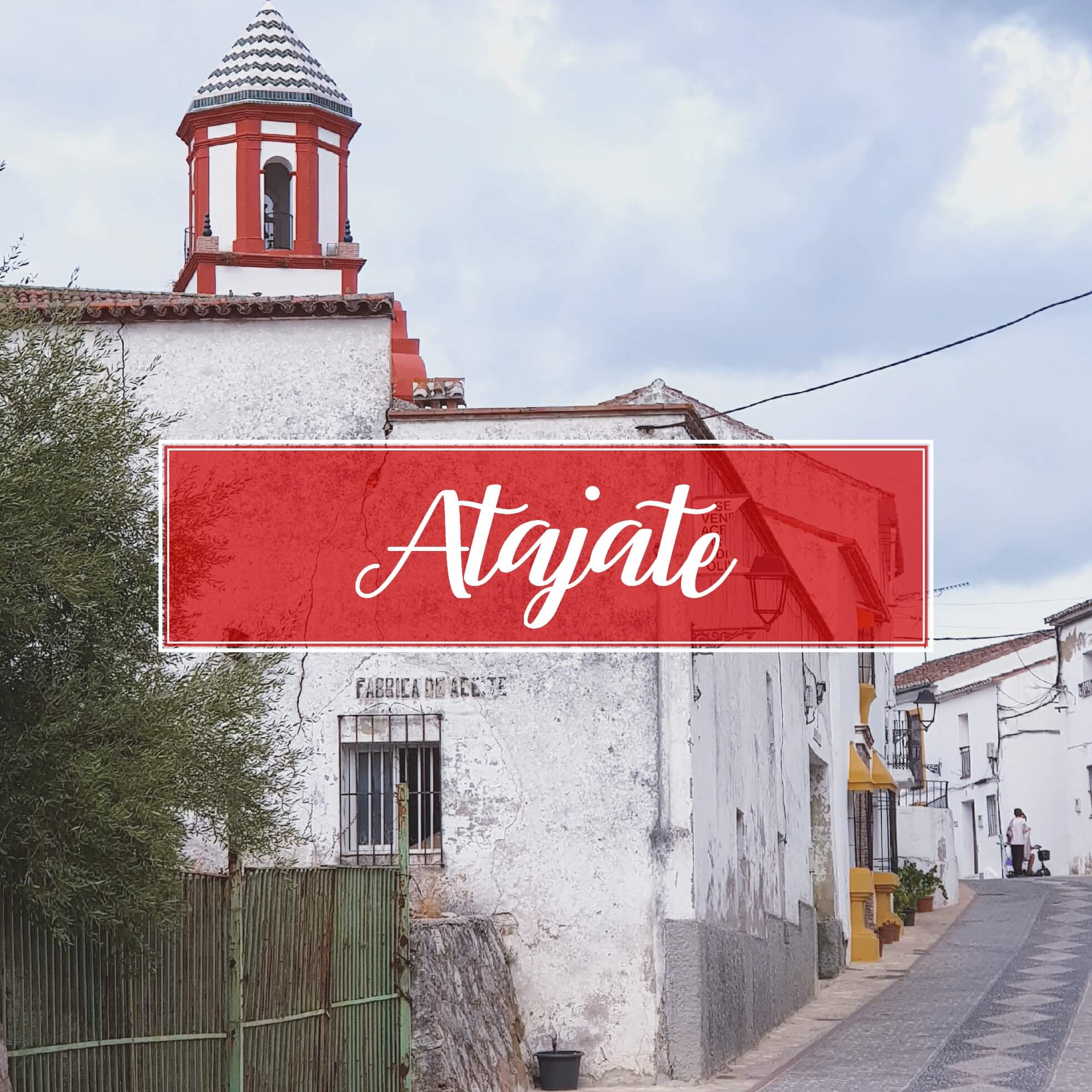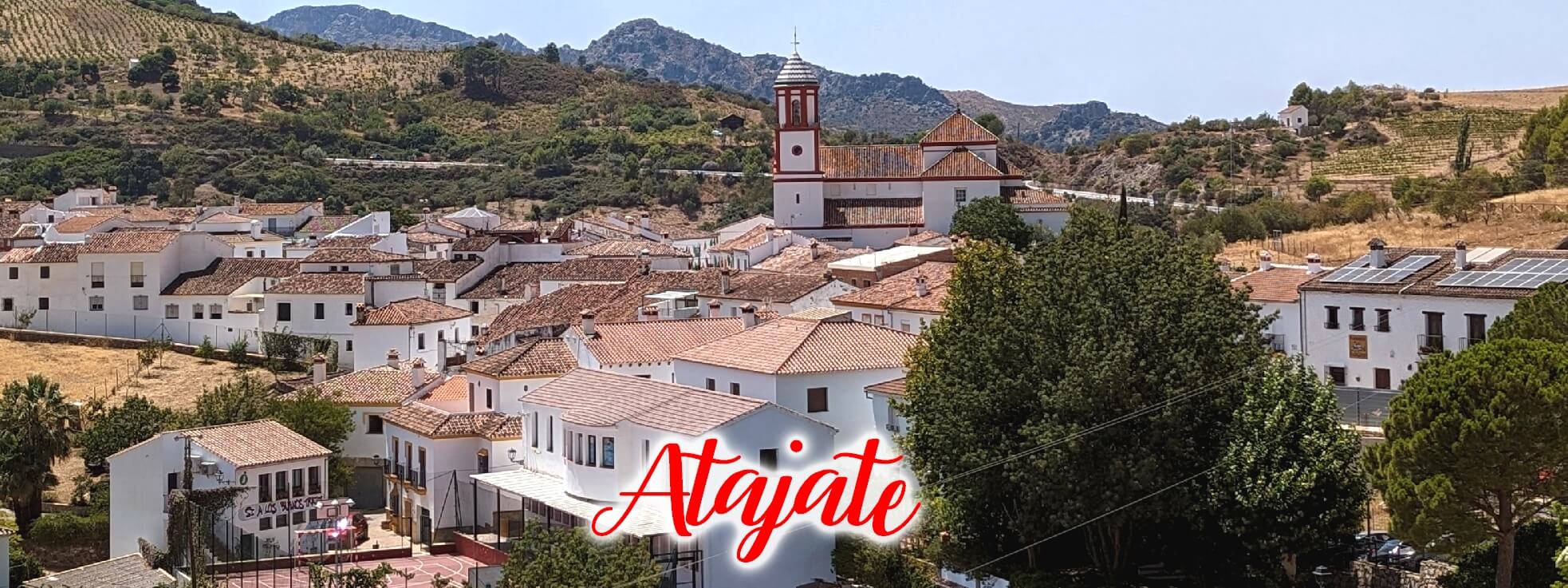Atajate, the white town with the least population in the province within the Genal Valley, where tranquility and rural tourism reign.
Where is Atajate located
Atajate is located 122km from Malaga capital with a population of 169 inhabitants. The municipal term has a dimension of almost 11km square.
The origin of the name Atajate
Atajate has been known since Arab times. The name appears as “Athaxatil” for the first time in a Moorish document.
Denonym of the people Atajate
The inhabitants are called “atajateño or atajateña”.
Curiosities of Atajate
- The artisanal production of must from grapes is a great tradition and celebrates the must festival in November.
- Atajate has a sweetcake “Queso de almendras” or “Almond Cheese”, but contains no cheese.
- Atajate belongs to the Pueblos Mágicos de España
Monuments and places of interest in Atajate
- Church of San José: The temple was built in the 19th century following a Baroque style. The church was built on the old cemetery after the destruction of the previous building. The current church was built around the year 1830 by the villagers themselves, both financially or providing labor.
During the events of the Spanish Civil War the parish suffered multiple patrimonial damages. Thanks to two neighbors, one of the jewels of the Holy Week was saved, which consists of an old cloak with which the Virgin procession on Good Friday. The tower located to the right of the building is curiously made up of four parts, the first two being squares, the third octagonal and finally the pyramidal roof.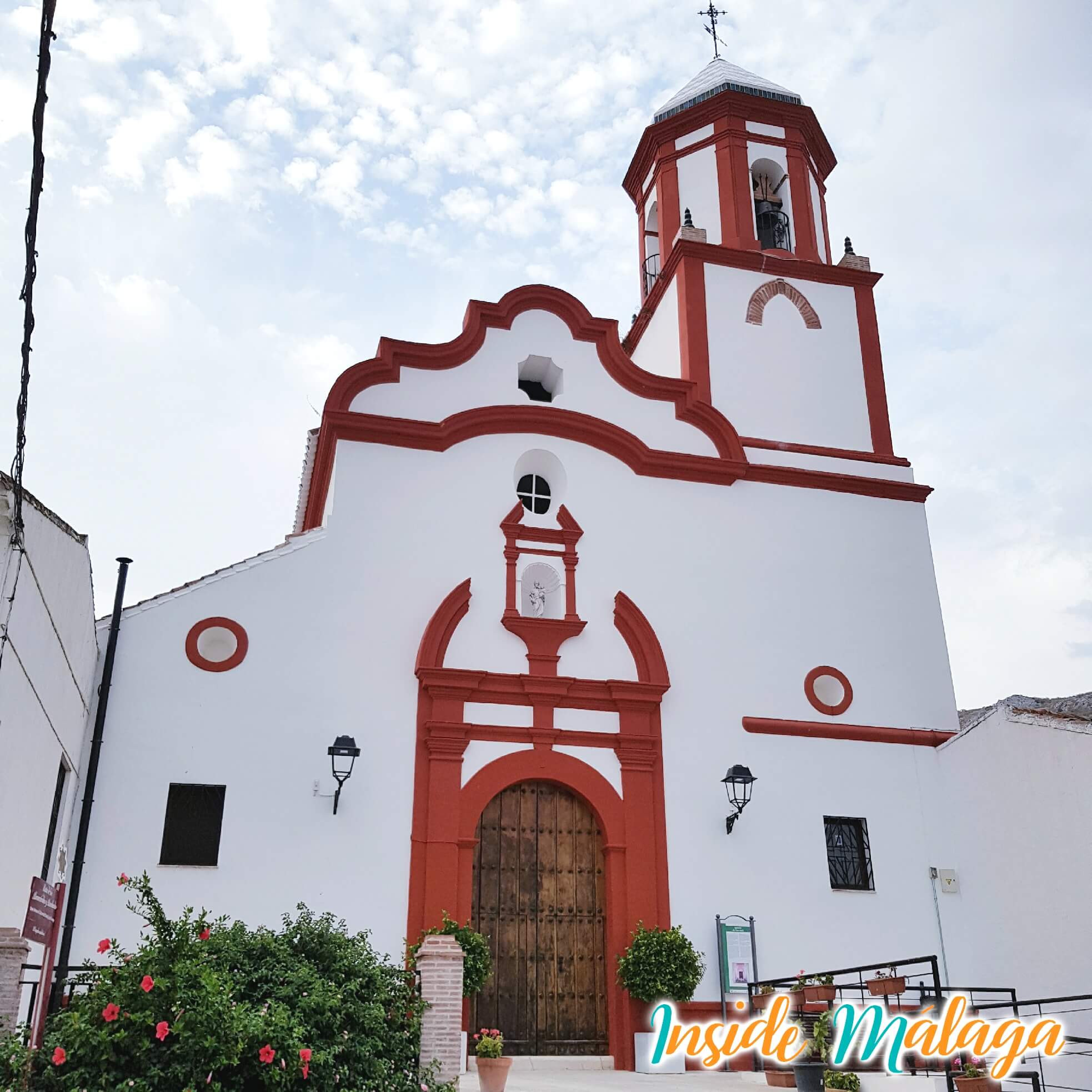
- Public laundry: Popularly known as “El Pozancón“. Built in 1932 at the entrance of the town of stone with lime mortar, it was a great advance in the town since it was thus avoided to go to wash clothes in the nearby rivers. The fountain is fed with water from the Sierra de Atajate.

- Stone Cross: In the main square is one of the oldest buildings in the village. Possibly the cross was raised after the expulsion of the Moors in 1570.
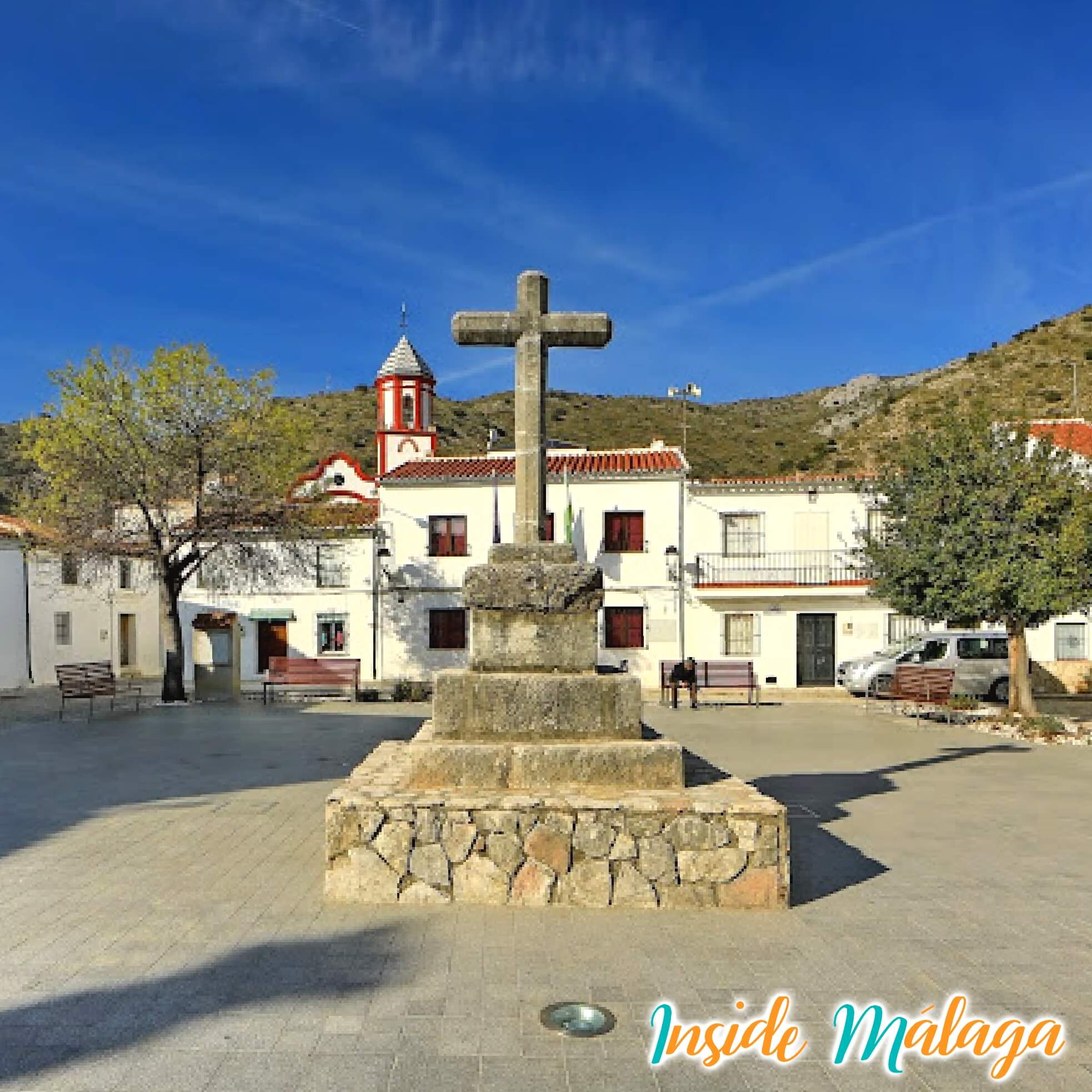
- The Must Museum: One of the prides of the town is the must, every year its neighbors cultivate, collect and tread the grapes to create the delicious juice. To celebrate this great tradition, elements and sculptures related to the wine culture have been placed around the village.
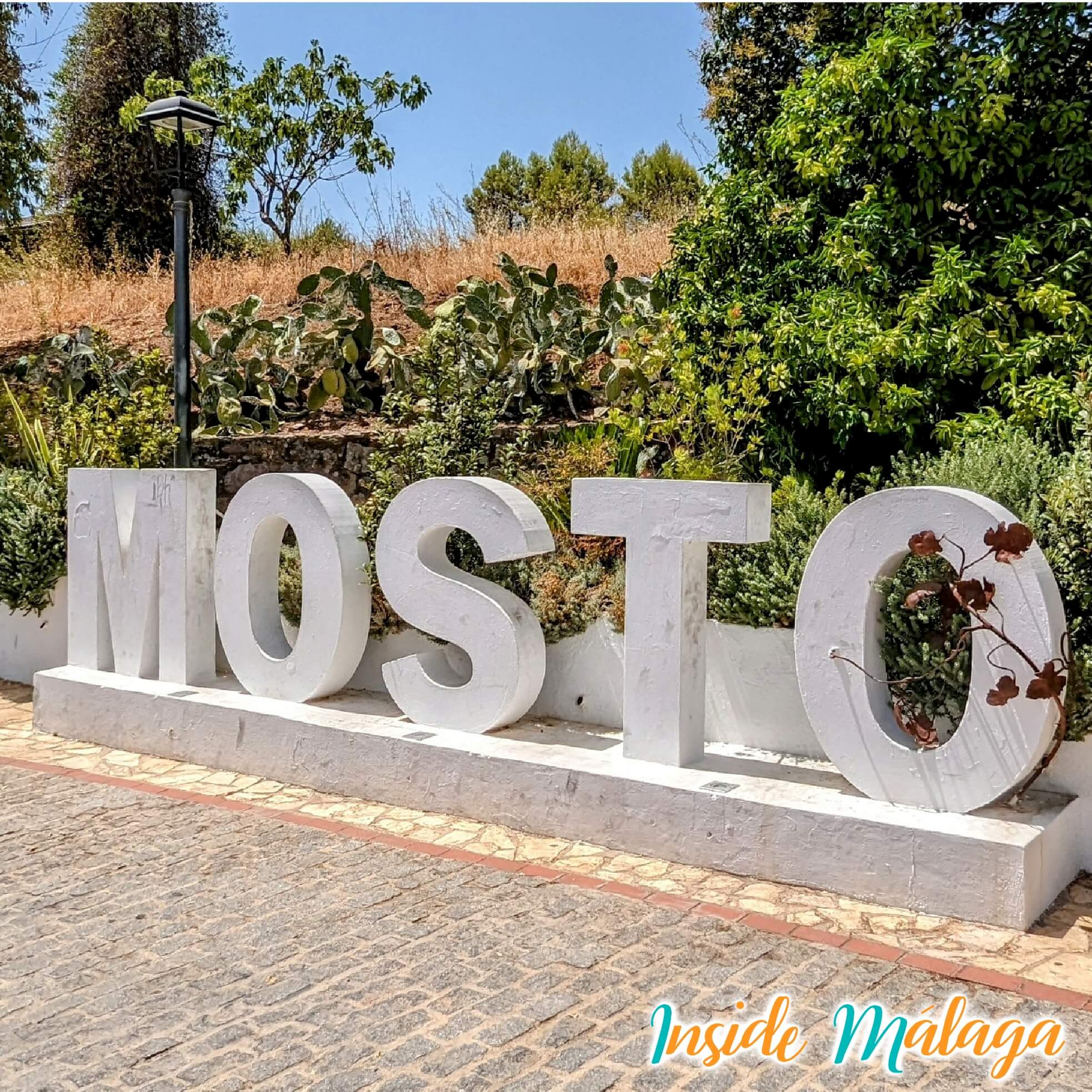
Where to eat in Atajate
- Mesón la Sierra: A cozy place with great service and homemade dishes. All food of good quality and at a good price. We tried the plate of the mountains, homemade croquettes and Russian salad. The dishes were very abundant and came accompanied with lovely rustic bread.
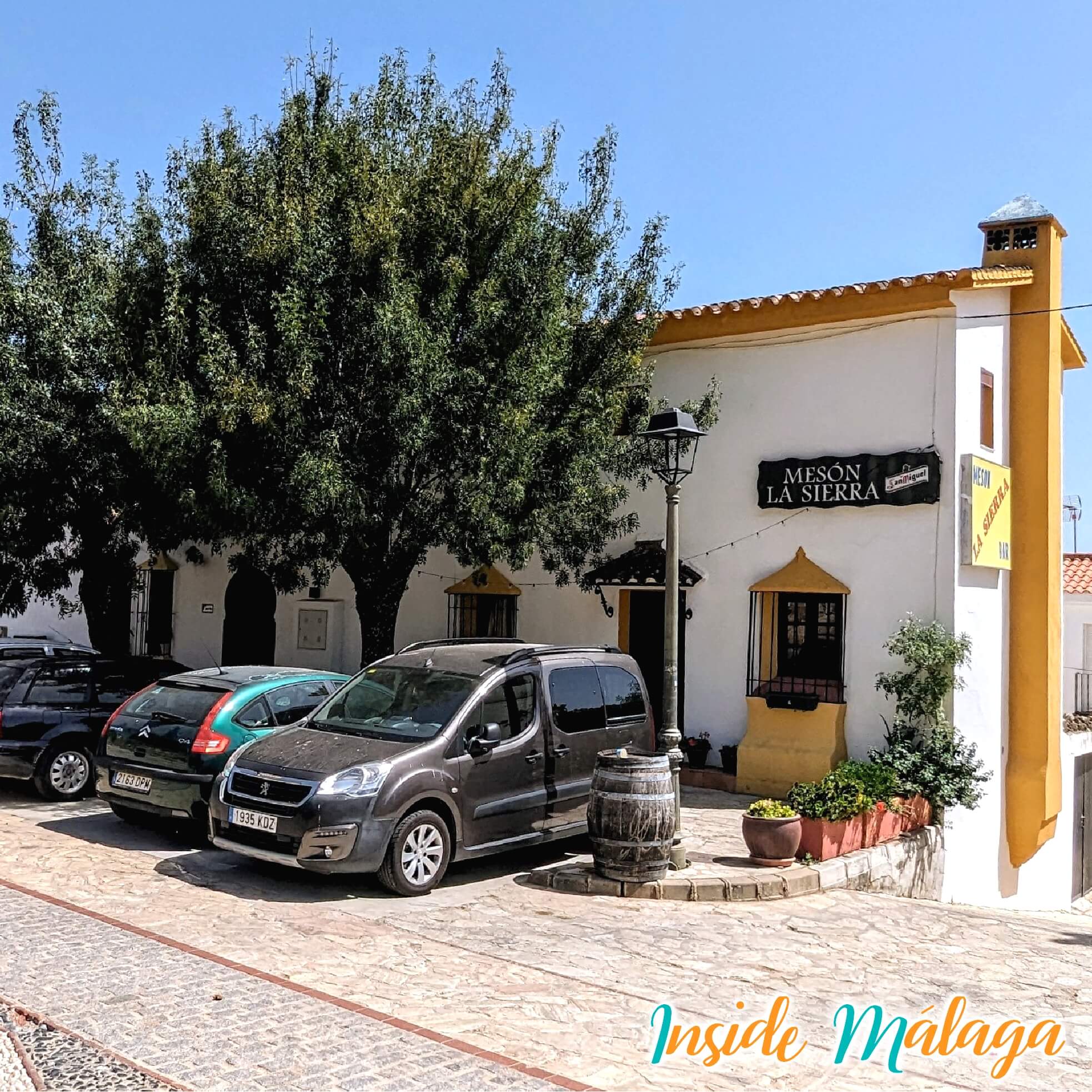
- Restaurante Audalázar
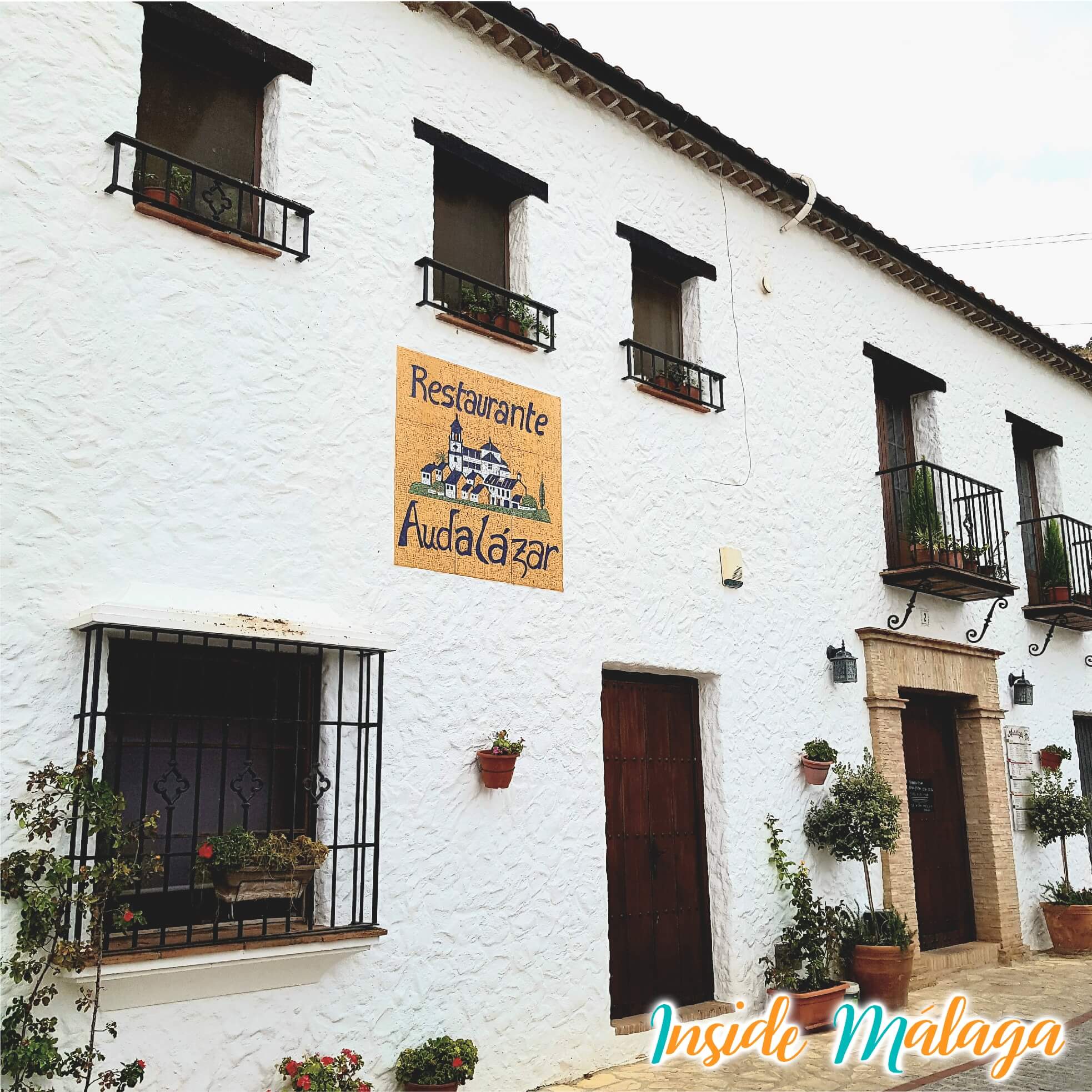
- Rocío Bakery: Active since 1942, offering exquisite artisan breads and desserts. It offers local products such as specialty breads, wheat bread, malt bread and cayenne bread, and sweets. Highlighting the Atajate Almond Cheese as a product, which is not a cheese.
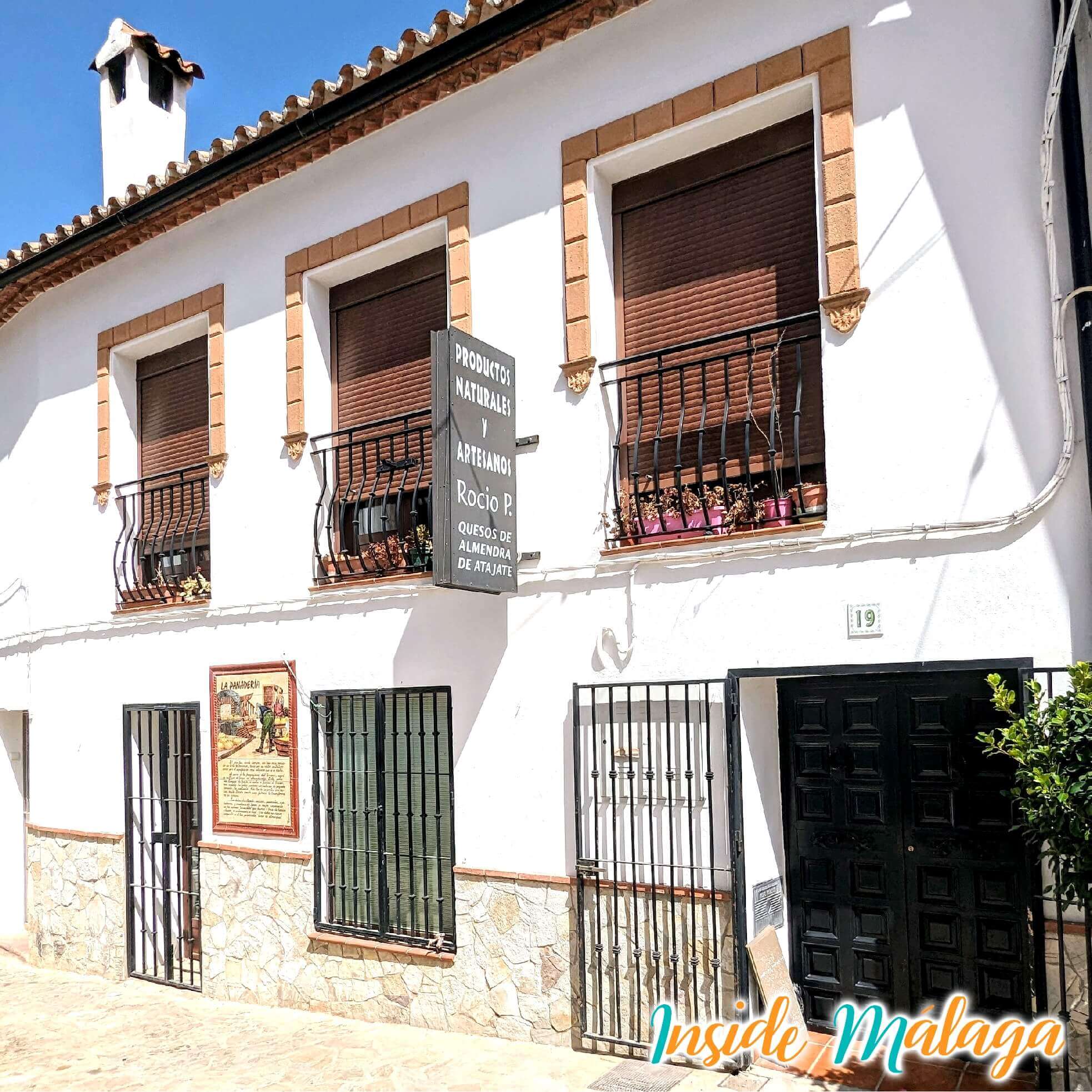
For more information about Atajate Village: visit the City Council page
